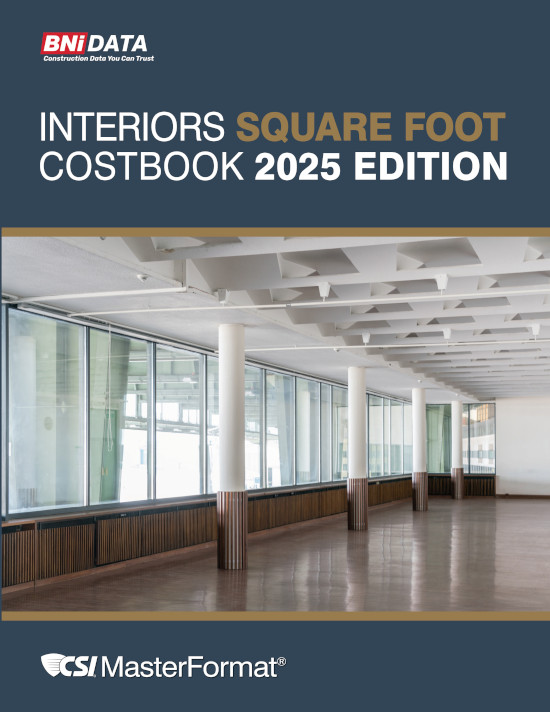Safety standards have always been of utmost importance in the construction industry. But now, more than ever, safety protocols are increasingly crucial as COVID-19 changes how contractors are working. In order to keep employees safe, businesses need to set up processes, procedures and risk mitigation techniques to combat the novel Coronavirus. Before employing best practices, it is imperative to understand two main challenges contractors are facing: product delays and absenteeism.
“Not only are clients reworking budgets and costs associated with building and renovation projects due to changes in demands and a shifting economy, but there are also concerns about the availability of supplies,” said John T. McGrath Jr., executive director, INSTALL. Based on each state’s regulations, manufacturers and warehouses have slowed production because of social distancing and CDC recommendations. In addition, the delivery process is taking longer. “It is important to take these factors into consideration as they affect jobsite timelines and worker productivity,” he added.
Aside from product delays, a larger challenge to the industry is absenteeism. Workers may be absent for a variety of reasons related to COVID-19. They may need to provide care for children unable to attend school or daycare, have an at-risk family member at home, or they may be caring for sick family members or are sick themselves. Some employees may decide not to come to work because they feel unsafe or fear exposure to COVID-19. Fear is a reason for absenteeism that business owners can help control.
Despite these challenges, there are actions contractors can take to improve safety and ensure workers feel confident on the jobsite. By employing these seven tips, contractors can keep teams secure.
- Tip #1: Provide the proper tools for employees to practice good hygiene.
Everyone on the jobsite must follow CDC guidelines for hand hygiene, cough and sneeze etiquette. Be sure to provide hand washing stations equipped with disposable towels and touchless trash receptacles. If soap and water are unavailable, provide hand sanitizer.
- Tip #2: Practice social distancing throughout the entire jobsite.
Limit work in occupied areas to tasks that are necessary. Take breaks in shifts of 10 people or less. Elevators should be limited to five people or less, and workers should be encouraged to take the stairs, if possible.
- Tip #3: Ask screening questions before allowing employees on the jobsite; designate a trained and qualified individual to take employee temperatures.
Key questions include:
- Has anyone in their household been in close contact with someone who is in the screening process or has already tested positive or diagnosed with COVID-19?
- Have they been required by a medical professional to self-quarantine due to possible exposure to COVID-19?
- Are they are having trouble breathing or have they experienced flu-like symptoms in the past 48 hours?
If an employee answers yes to any of these questions, request that they leave the jobsite immediately.
In addition, conducting a temperature screening with every worker before allowing them on the jobsite is another way to help prevent the spread of COVID-19. Designate an employee to use a non-contact, medical grade digital thermometer. If a worker has a temperature of 100.4 or higher they should be sent home.
- Tip #4: Do not share tools, mobile devices or office supplies.
Make sure all workers have their own tools and supplies to perform work. Mobile devices should be limited to one per user. If workers need to share tools they should be disinfected prior to use.
- Tip #5: Create a schedule to disinfect frequently touched surfaces.
Clean jobsite offices and break rooms at least two times per day. Make sure leasing companies disinfect jobsite toilets at least two times per week. Any employees performing cleaning tasks need to have proper personal protective equipment (PPE) as specified by the disinfectant. Make disinfecting wipes available to all employees for cleaning in between.
- Tip #6: Do not use a common water cooler.
Because COVID-19 can live on surfaces for several days, limiting cross contamination on common objects can decrease the likelihood of spreading the virus. Provide individual water bottles or instruct workers to bring their own water bottles.
- Tip #7: Instruct workers to consider changing their clothes before returning home.
It is estimated that COVID-19 can live on fabrics for around 24 hours. Encourage employees to change into a different set of clothes before returning home and wash jobsite clothing in hot water and soap. Footwear should be specific to the jobsite and not worn at home.
It is possible to provide a safe, sanitary work environment by implementing strict procedures. By ensuring contractors follow tips and guidelines that lessen workers’ exposure to COVID-19, contractors can continue to keep jobs moving during this unprecedented time.
For more on INSTALL, visit www.installfloors.org.









